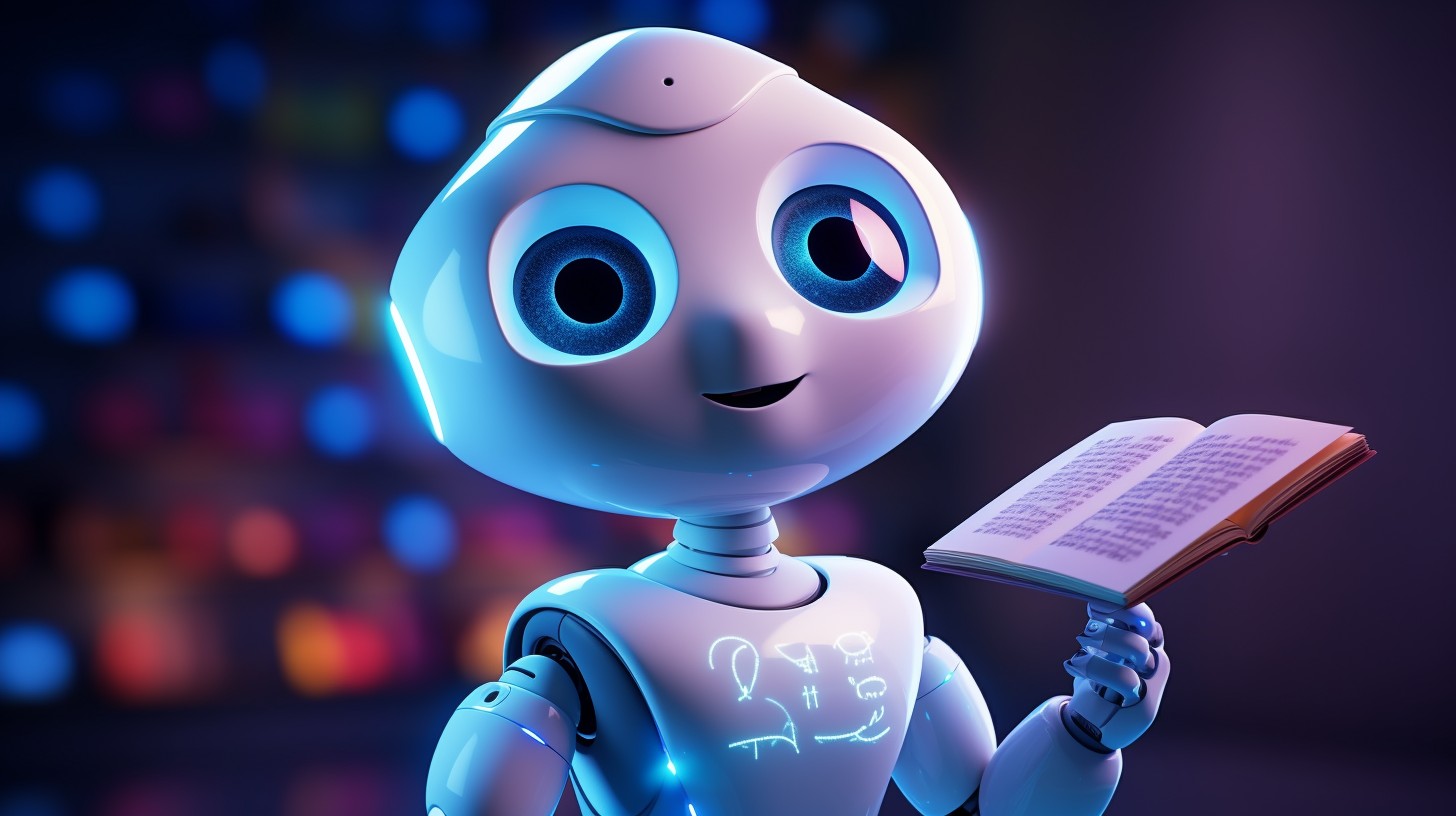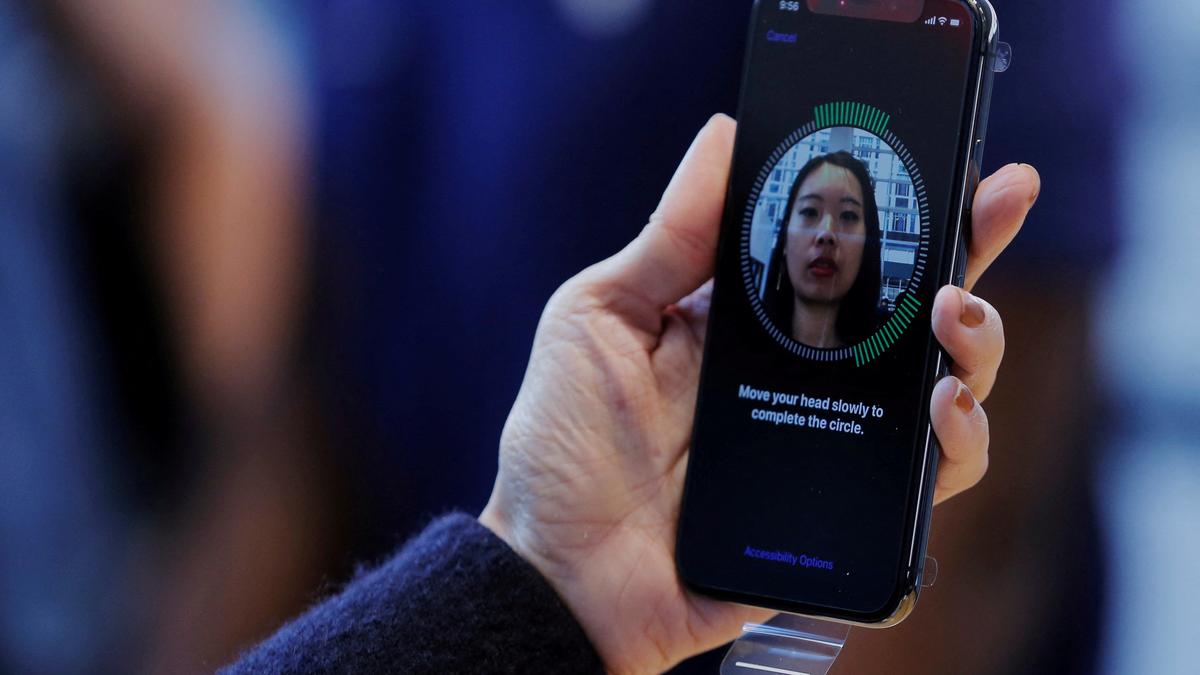Blog Credit: Trupti Thakur
Image Courtesy: Google
Google Bard For Teenagers
Google is taking a significant step in catering to the educational needs of teenagers with the launch of its AI chatbot, Bard. In an article it is also posted that, Google’s Product Head for Responsible AI, the company outlined its commitment to creating a secure and engaging learning experience for younger users.
Navigating Age Restrictions
- While theminimum age for managing a Google Account is 13, the accessibility of Bard will be subject to regional regulations, which may set slightly higher age benchmarks.
- The AI chatbot has undergone training to identify and filter out unsafe content, prioritizing the well-being of its young users.
Double-Check Response Feature
- To enhance the accuracy of information provided by Bard, Google has implemented a‘double-check’ response feature, especially when handling fact-based queries.
- While this feature is not yet the default setting for all Bard users, it adds an extra layer of reliabilityto the information the chatbot dispenses, preventing the spread of misinformation.
AI Literacy Guide and On-boarding Video
- Recognizing the importance of educating teenagers about AI technology, Google has incorporated anAI literacy guide and a quick on-boarding video for teen users.
- These resources aim to familiarize users with Bard’s underlying technology and encourage a critical understanding of generative AI tools.
Empowering Math Learning
- Bard introduces a math learning component, allowing users to type or upload a picture of a math equation.
- Instead of merely providing answers, Bard goes a step further by offering step-by-step explanations, fostering a deeper understanding of mathematical concepts.
Consultation with Experts and Stakeholders
- Prior to the launch of Bard for teenagers, Google engaged in extensive consultations with safety experts, students, and family organizations.
- This collaborative effort underscores Google’s commitment to responsible AI development and ensuring the well-being of its young user base.
In Brief:
Google is opening up access to Bard, its conversational AI tool, to teens in most countries around the world. Teens who meet the minimum age requirement to manage their own Google Account will be able to access the chatbot in English, with support for more languages to come in the future. The expanded launch comes with “safety features and guardrails” to protect teens, Google says.
The search giant said in a blog post that teens can use the tool to “find inspiration, discover new hobbies and solve everyday problems.” Teens can ask Bard about important topics, like which universities to apply to, or about more fun topics, like how to learn a new sport.
Google notes that Bard is also a useful learning tool, as it allows teens to dig deeper into topics and help them better understand complex concepts. For instance, you can ask Bard to help you come up with an idea for your science fair, or brush up on your history by learning about a specific time period. Google is also bringing a math learning experience into Bard, that will allow anyone, including teens, to type or upload a picture of a math equation. Instead of simply spitting out the answer to the math equation, Bard will share a step-by-step explanation of how to solve it.
Plus, Bard can help with data visualization, which means it can generate charts from tables or data that is included in a prompt. For instance, a teen can ask Bard to create a bar chat to display how many hours they volunteered over the past few months so they can get a visual understanding.
Google is opening up access to the chatbot with some guardrails in place to protect users. Bard has been trained to recognize topics that are inappropriate for teens and has guardrails that are designed to help prevent unsafe content, such as illegal or age-gated substances, from appearing in its responses to teens.
“We also recognize that many people, including teens, are not always aware of hallucinations in LLMs. So the first time a teen asks a fact-based question, we’ll automatically run our double-check response feature, which helps evaluate whether there’s content across the web to substantiate Bard’s response,” wrote Tulsee Doshi, Google’s product lead for Responsible AI, in the blog post. “Soon, this feature will automatically run when any new Bard user asks their first factual question. And for teens, we’ll actively recommend using double-check to help them develop information literacy and critical thinking skills.”
Google’s decision to release Bard to teens comes as social platforms have launched AI chatbots to young users to mixed results. For instance, Snapchat launched its “My AI” chatbot in February and faced controversy for doing so without appropriate age-gating features, as the chatbot was found to be chatting to minors about topics like covering up the smell of weed and others.
When teens access Bard for the first time, they will undergo an onboarding experience that includes resources and videos with tips on how to use generative AI responsibly. The onboarding experience will also give teens the option to turn it on or off.
Today’s announcement comes a few weeks after Google opened up its generative AI search experience to teenagers. The AI-powered search experience, also known as SGE (Search Generative Experience), introduces a conversational mode to Google Search where you can ask Google questions about a topic in a conversational manner.
Blog By: Trupti Thakur

20
NovBard for Teenagers
Nov 20, 2023Recent Blog
India’s Steps Into 6GMay 15, 2025
The New Accessibility Feature of AppleMay 14, 2025
The Digital Threat Report 2024May 13, 2025
The MADMAX ExperimentMay 12, 2025
The EntraID Data ProtectionMay 10, 2025




